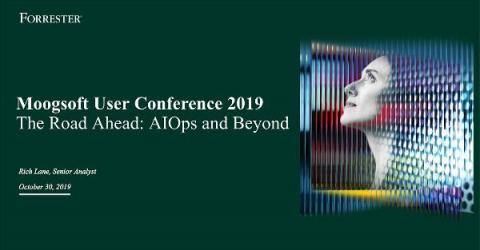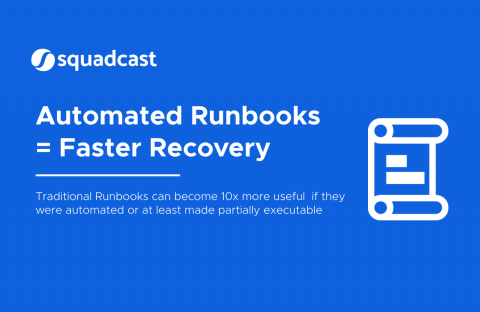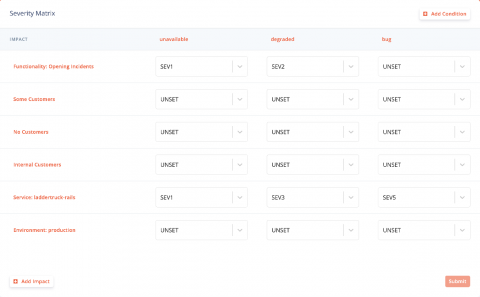Operations | Monitoring | ITSM | DevOps | Cloud
Incident Management
The latest News and Information on Incident Management, On-Call, Incident Response and related technologies.
Moogsoft AIOps Science with Dr. Robert Harper
Pavlos Ratis shares his experience on being an SRE
Postmortems vs. Retrospectives: When (and How) to Use Each Effectively
When we announced the launch of our Retrospectives Guide, we wrote about the value of scaling the continuous improvement mindset to beyond Product Development at PagerDuty by establishing the RetroDuty community. In this installment of our blog post series on retrospectives, I highlight the differences between postmortems and retrospectives. You might have heard of postmortems and/or retrospectives before reading our guides.
OnPage's New Two-Way Dispatcher and User Communications Feature
OnPage is pleased to announce a new, innovative two-way dispatcher and user communications feature launching next month, allowing system administrators to communicate with on-call healthcare providers. OnPage wanted to launch a feature, where a console dispatcher can initiate and send secure messages to the right providers. After receiving a dispatcher message, on-call providers can reply back to the message. This new feature converts one-way communications into two-way threaded exchanges.
Forrester: AIOps Promises Situational Visibility and Service Stability in Era of IT Complexity
Rich Lane, Forrester Research’s senior analyst for AIOps, had a simple and unequivocal message for attendees at the Moogsoft User Conference 2019 in Chicago.
Automated Runbooks = Faster Recovery
Site Reliability Engineering-Why you should adopt SRE
Site reliability engineering was a term coined by Google engineer Benjamin Treynor in 2003 when he was tasked with making sure that Google services were reliable, secure and functional. He and his team eventually wrote the book on SRE which is available online for free for anyone interested in research and implementation of SRE best practices.
Severity Matrix Updates
We’re on a mission to make responding to incidents a bit less chaotic. One of the best features we offer (we’re definitely not biased, no way) is a simple way to define how a severity gets determined when you open an incident. We call it the severity matrix, and today it has a new look. Previously, we had a preset list of conditions and impact that allowed you to pick a severity that matched them.
From Mayhem to Modernization: The Evolution of Critical Incident Management
Let’s face it, managing a critical incident has never been a walk in the park. Even, in the “good old days,” before the great cloud revolution and the onslaught of digital transformations, an incident often meant mayhem. Processes were manual, time consuming, difficult to execute, document, and learn from. Getting all the right people in the “same room” at the right time – was nearly impossible. Lots of time was wasted chasing down the right folks.











